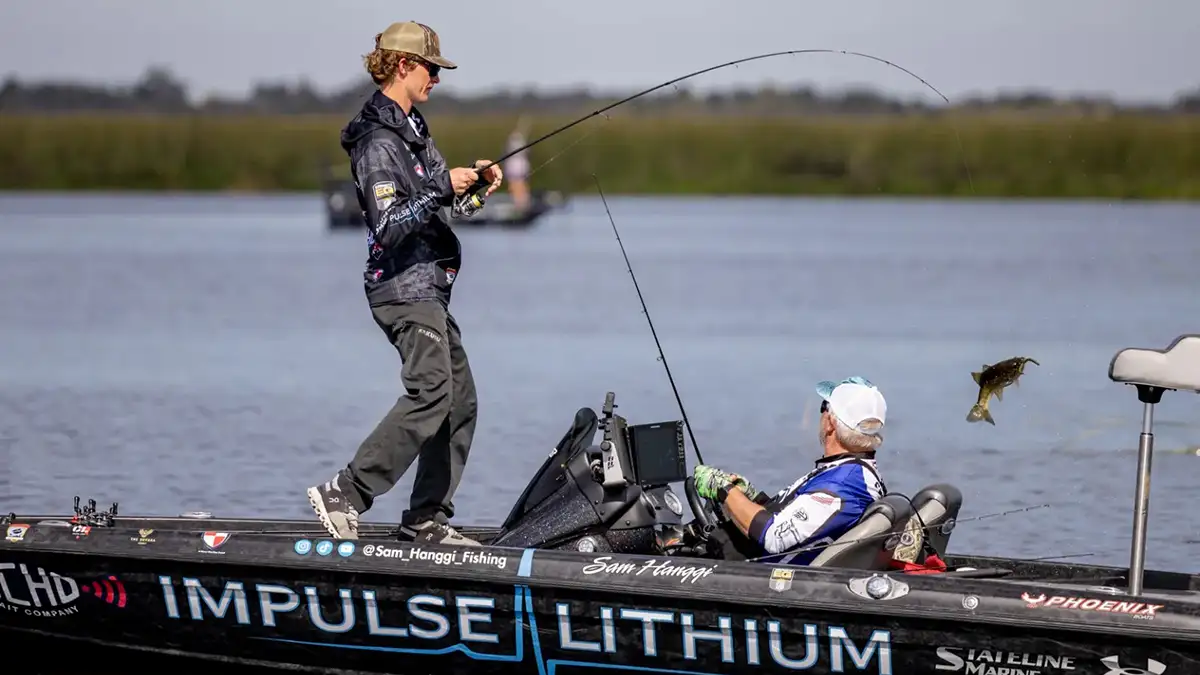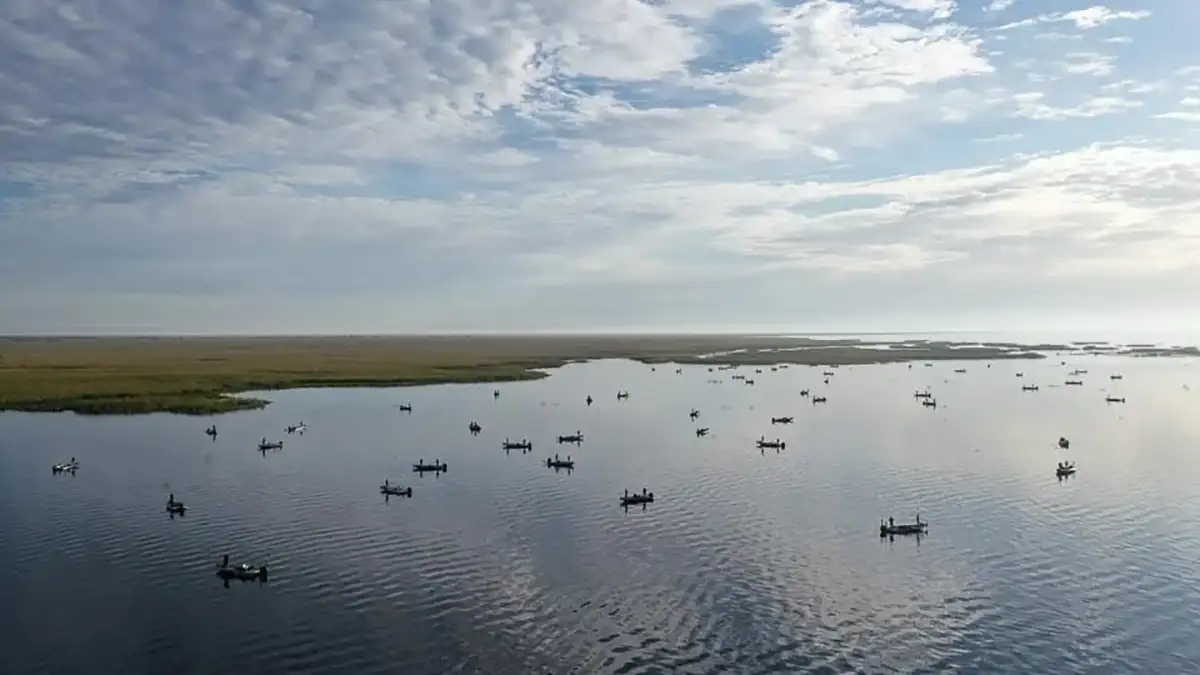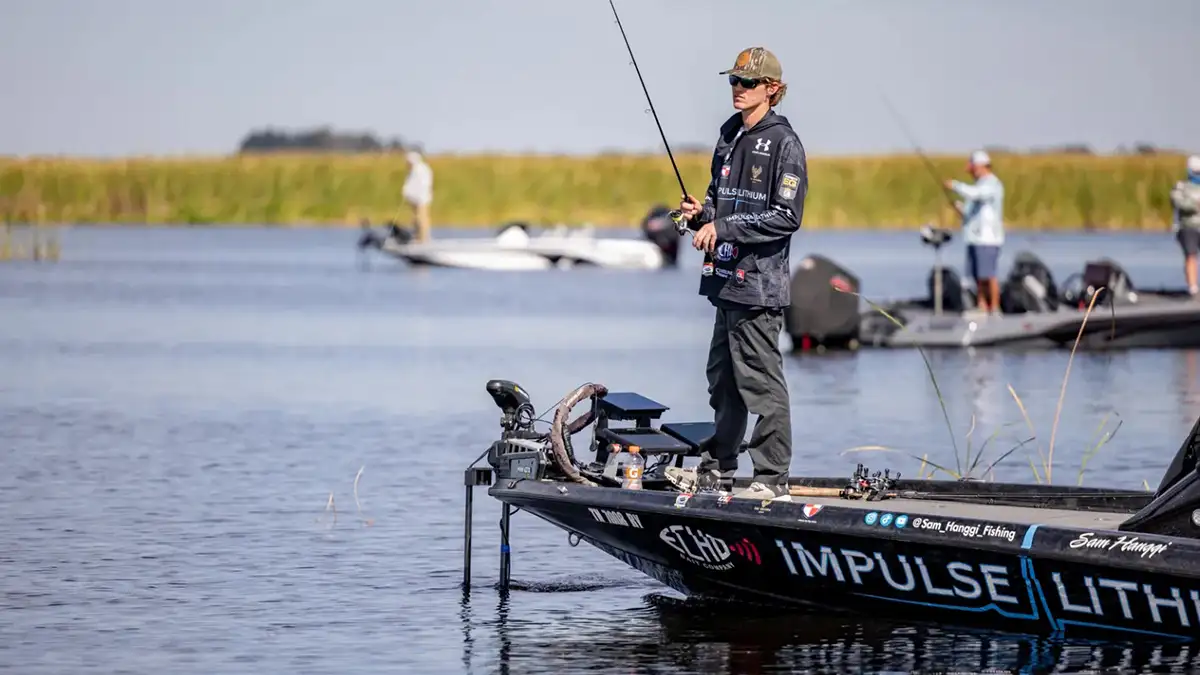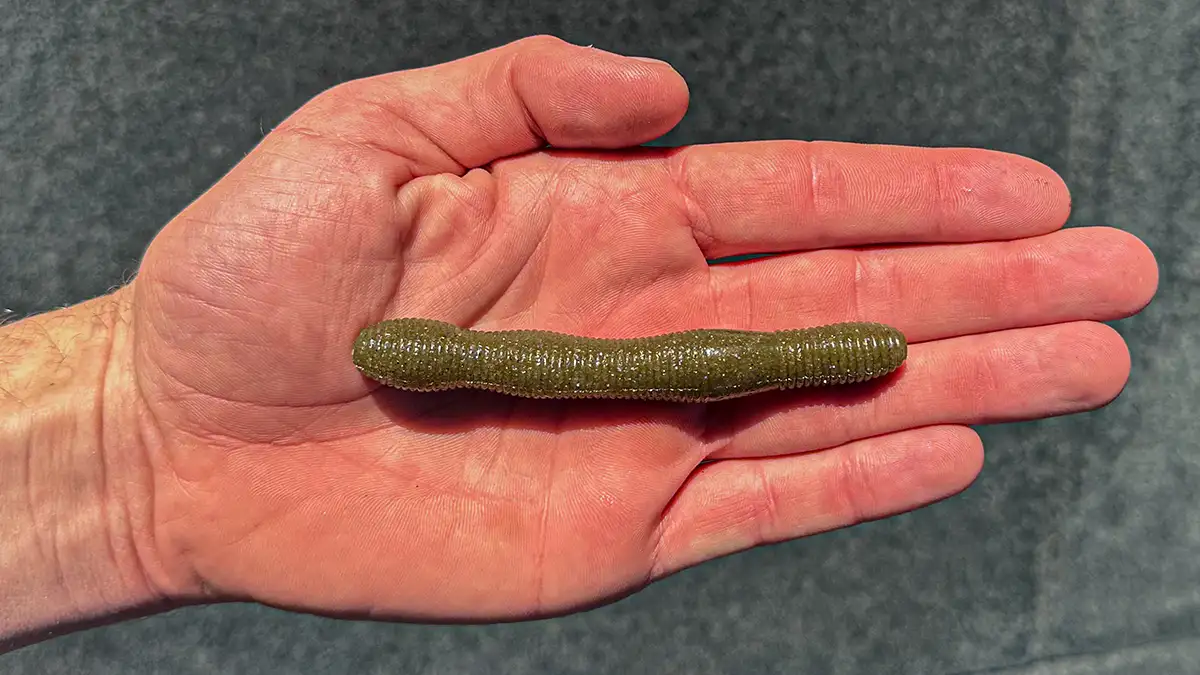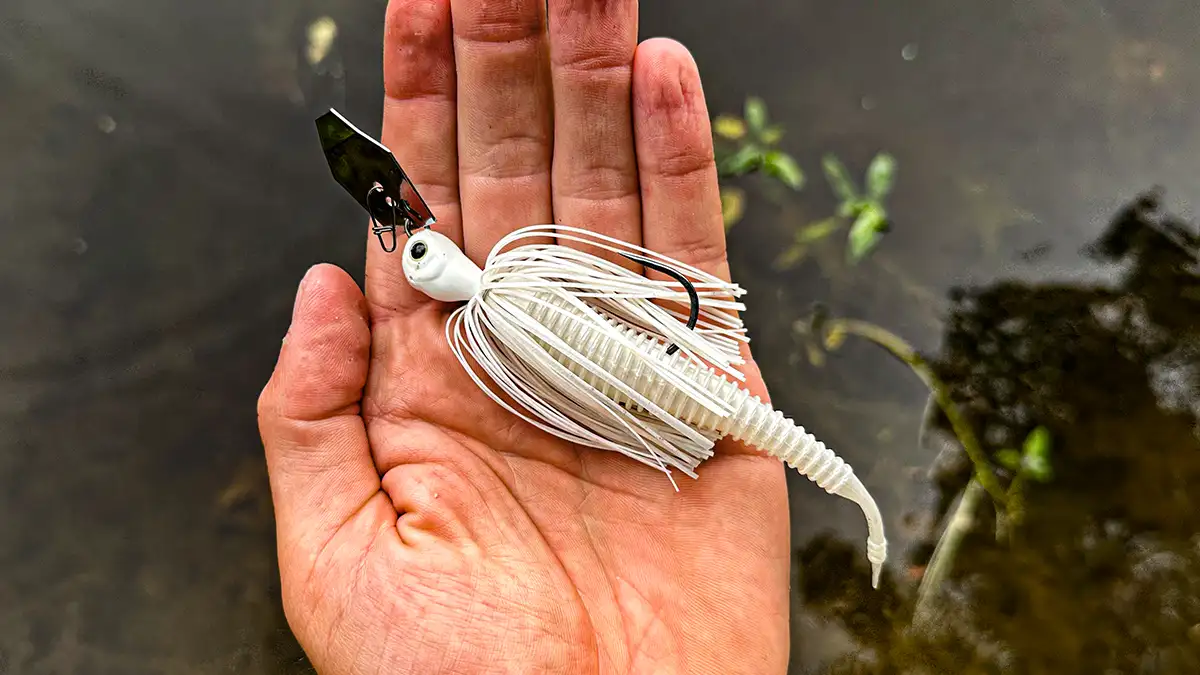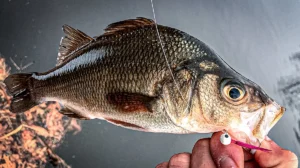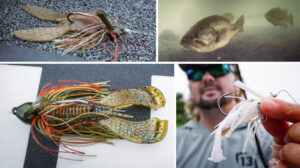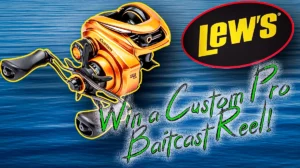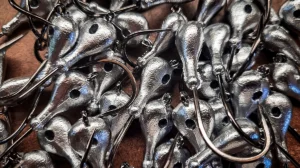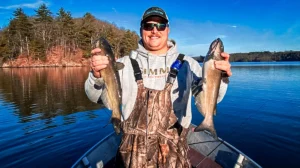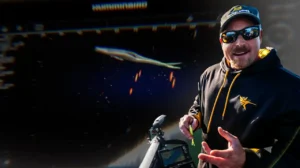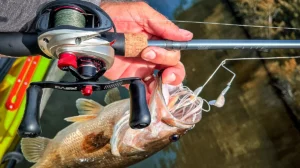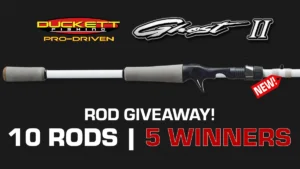The entire state of Florida is known for having trophy sized bass. Not only are the fish giant, but there’s a vast amount of cover and vegetation present in the majority of these fishies. Lakes such as Okeechobee and the Harris Chain are famous for producing giant stringers of bass not typically seen in other parts of the country. A great example of this is Scott Martin’s record breaking win in the Bassmaster Open on Lake Okeechobee last week. Okeechobee also holds a spot on our Top Bass Fishing Lakes in the USA listing.
Even though the weights from this tournament were high, the fishing in this part of the country can be fairly difficult. Understanding how to locate and catch these fish are key to having a successful day on the water. The Florida style of fishing is far different from other parts of the country, however once mastered it can lead to some giant limits of largemouth bass. This feature will serve as a guide on how to catch bass in the state of Florida.
FISH SLOW
Fishing slow is arguably the most important factor for finding success in Florida. If you keep up with tournament fishing, almost every angler who finds success in this state preaches about the importance of fishing slow. Lakes across Florida are home to a plentiful amount of giant largemouth bass. While these fish are fairly prevalent in this area, they are often extremely smart and reluctant to bite. Fishing slow in high percentage areas is one of the most productive ways to ensure success in this part of the country.
In the recent Bassmaster Open on Lake Okeechobee, Scott Martin preached about the importance of fishing slow and taking your time. Scott found an area full of giant bass, however there was lots of fishing pressure resulting in a slower bite. Due to his extensive knowledge in the state of Florida, he knew the importance of slowing down and keeping your bait in front of fish. Scott was able to catch upwards of 30 pounds a day by fishing slow in the crowd of boats using Texas rigged Googan Baits Bandito Bug. While fishing slow is important, finding a productive area is equally crucial to having success on the water.
FIND AN AREA
Finding an area with a large population of bass is critical in the state of Florida. Lakes such as Okeechobee are home to miles of dense vegetation and cover. While it may look like fish live all over the lake, that is usually not the case. There is often miles of dead water that no matter how slow you fish you’ll never get a bite. However, once you find a productive area it seems there is an unlimited number of fish. One of the easiest mistakes to make in the state of Florida is covering too much water.
I’ve fallen victim to the trap of trying to run a pattern on these bodies of water. Just because you get bit in one area on a certain bait doesn’t mean they’re biting it all over the lake. Instead, it means there’s fish in that area and you should slow down and figure out how to catch them. This is one of the most common mistakes anglers make in Florida, myself included. While there are exceptions to this rule, slowing down in a productive area is almost always more productive based on tournament results and personal experience.
FISHING PRESSURE IS GOOD
One of the most intimidating factors anglers deal with in the state of Florida is fishing pressure. In the recent Bassmaster Open on Lake Okeechobee, there were upwards of 100 boats in a spawning flat the size of a football field. Even though this area was extremely pressured over the course of three days, it still pumped out giant bags for numerous anglers. It seemed that there was an unlimited amount of fish in this area, resulting in top 10’s for multiple competitors.
On many lakes across the country, fishing pressure is thought to be something you want to avoid. There have been numerous times where I wanted to fish an area but didn’t due to the sheer number of boats. However, a large congregation of boats in Florida often means it’s an extremely productive area. Due to the size of these fisheries and vast amounts of dead water, once you find a productive area it can usually stand up to the fishing pressure. It often seems that every fish in the lake congregates in a few specific areas. Getting in with the crowd and slowing down seems to be one of the most productive ways to catch a giant limit of bass in the state of Florida.
WHEN TO THROW A WORM
Bait selection is another important factor when trying to find success in the state of Florida. Throwing a stick bait is one of the most productive and versatile lure to throw in this area. This bait can be rigged a variety of ways to tackle any scenario you might encounter. I like to throw this bait once I’ve located a productive area. Fishing an area slowly with a stick bait is a great way to find the specific sweet spot in an area.
Some of my favorite locations to target with this bait area shell beds, holes in the grass and bed fish. Rigging this bait on a Texas rig, Carolina rig and wacky rig are some of the most productive methods for fishing this bait. I tend to opt for a Carolina rig when dragging this bait on offshore structure. A Texas rig on the other hand is great for flipping heavy cover such as grass or reeds, while a wacky is great for bed fish and other finesse fishing scenarios.
WHEN TO THROW A MOVING BAIT
Throwing a variety of moving baits in an equally productive method for finding and catching giant bass in the state of Florida. Lures such as a lipless crankbait, vibrating jig and swimming worm are all proven fish catchers in this area. Some of my favorite times to employ these baits are when I’m covering water looking for a productive area. Covering lots of water using a moving bait is a great way to quickly locate a group of fish on these bodies of water. Targeting areas with diverse vegetation and lots of cover is a great way to quickly find fish on Florida fisheries.
A lipless crankbait, vibrating jig and swimming worm are three of the most productive moving baits in the state of Florida. These baits can be fished in a variety of locations and can handle any type of cover Florida has to offer. I opt for a lipless crankbait when fishing offshore vegetation such as hydrilla or coontail. Ripping this bait out of the grass is a great way to generate vicious reaction strikes. I opt for a swimming worm or vibrating jig when fishing shallow vegetation less than 4 feet deep. These lures don’t bog down in grass like a lipless crankbait, making them a great option for shallow water and heavy vegetation. Moving baits make a great search bait in the state of Florida, and I always make sure to keep a variety of these lures in my boat at all times.
Bass fishing in the state of Florida can be an absolute blast and I’d recommend it to anyone who wants to catch a trophy sized largemouth. While the Florida style of fishing is far different from other parts of the country, it’s still an extremely fun way to catch some giant bass. Although difficult at times, fishing in Florida becomes fairly simple once you understand how to fish these bodies of water. This feature serves as a basic guide on how to catch bass in the state of Florida.



